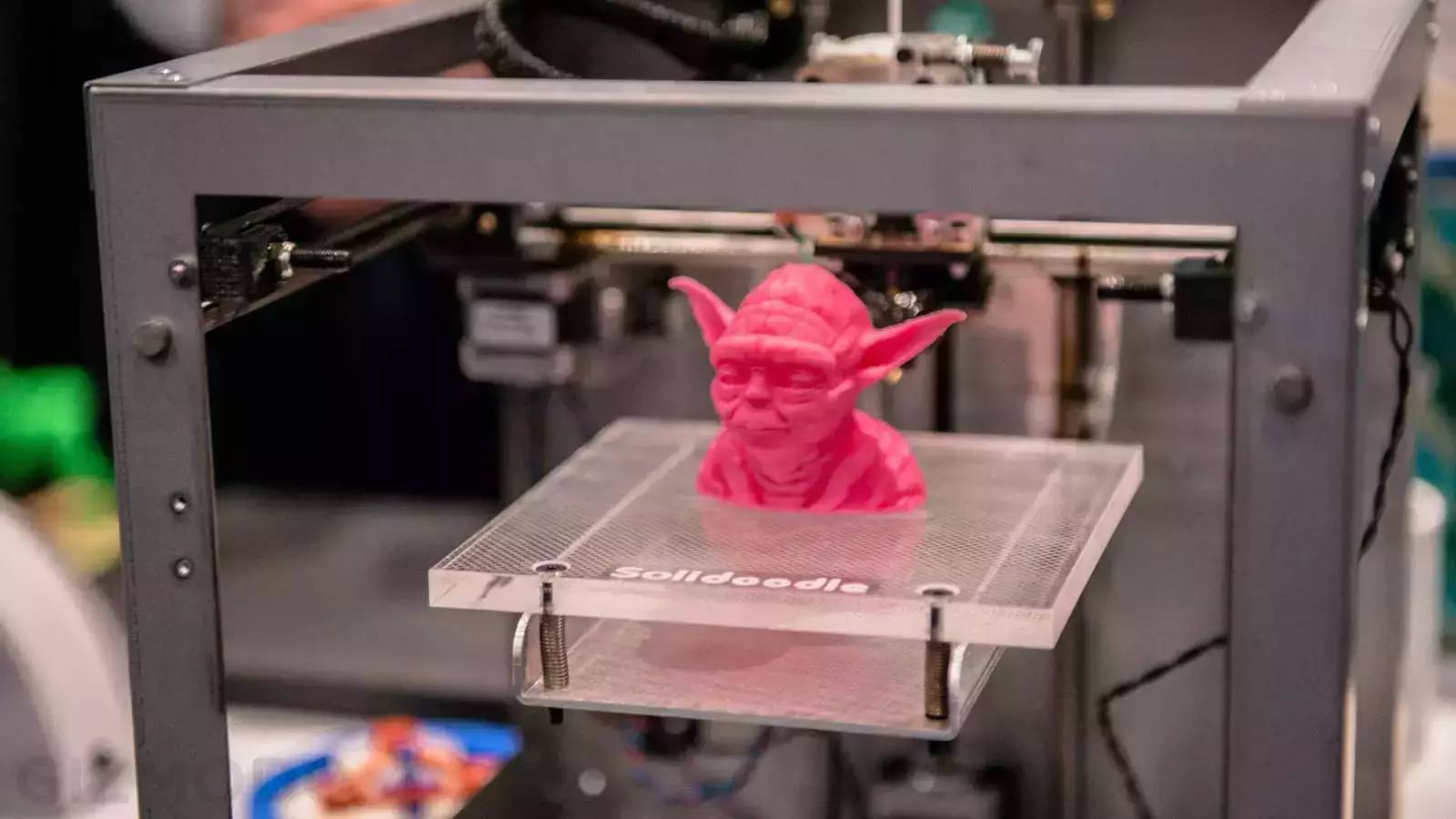
3D printing, with what?
Take you to enjoy some unusual 3D printing.
3D printing technology has been developed for many years, on the one hand, new technologies are still emerging in the laboratory, on the other hand, some common 3D printers are becoming smaller and cheaper, and ordinary people also have the opportunity to buy and play.
what do you usually use for 3D printing? The most conventional answers are plastics and photosensitive resins. One of the most common types of 3D printing is to melt the plastic and squeeze it out like cream and stack it layer by layer. The other is to use light to solidify the photosensitive resin layer by layer. There was a breakthrough in this latter technology some time ago, and now its printing speed is much faster than before. You may have seen the following motion picture on Weibo. This is the technology
(if you want to know more, you can see "read the original text")
below is a very simple version of DIY light-cured resin 3D printer, which uses a projector as a light source, although this is not so cool. However, the curing process of the resin under the action of light can also be seen more clearly:
however, scientists and engineers are not satisfied with this, they have also developed a lot of 3D printers that use other things as ink. Why would you do that? Of course, in order to meet the demand for materials in more occasions, let's introduce several special-looking 3D printing
1 printing metal
Yes, 3D printing technology can be used on metal. Such things are now commercialized, and Associate Professor Joshua Pierce (Joshua Pearce) of the Michigan Institute of Technology and his team have developed a low-cost version so that more people who need it can use it.
however, such a technology requires strict safety protection and fire prevention measures, such as high-temperature welding, so ordinary people should not try it.
Our superb formal dresses for teenage girl is a must for any elegant occasion. Buy now to enjoy best customer care and fastest delivery.
2 Sand
Yes, sand can also print. But this time it is not to melt it, but to mix it with glue to form a "paste" print and then solidify it.
what's the use of printing sand models? In fact, this is making a mold for metal casting, so that you can get products with more complex structures. like this:
3 glass
layers of glass 3D printing can also make all kinds of interesting shapes:
4 cellulose
well, cellulose from wood can also be printed in 3D! It also needs to add some adhesive ingredients like sand. Here is a small chair printed with cellulose:
5 food
finally introduce delicious food 3D printing chocolate, candy, cheese and so on can all become printing materials. Here is the chocolate printed in 3D:
finish talking about the raw materials for 3D printing, next time you have the opportunity to introduce some interesting 3D printing works and applications.
= train running time =
words, Does this count as 3D printing or not?